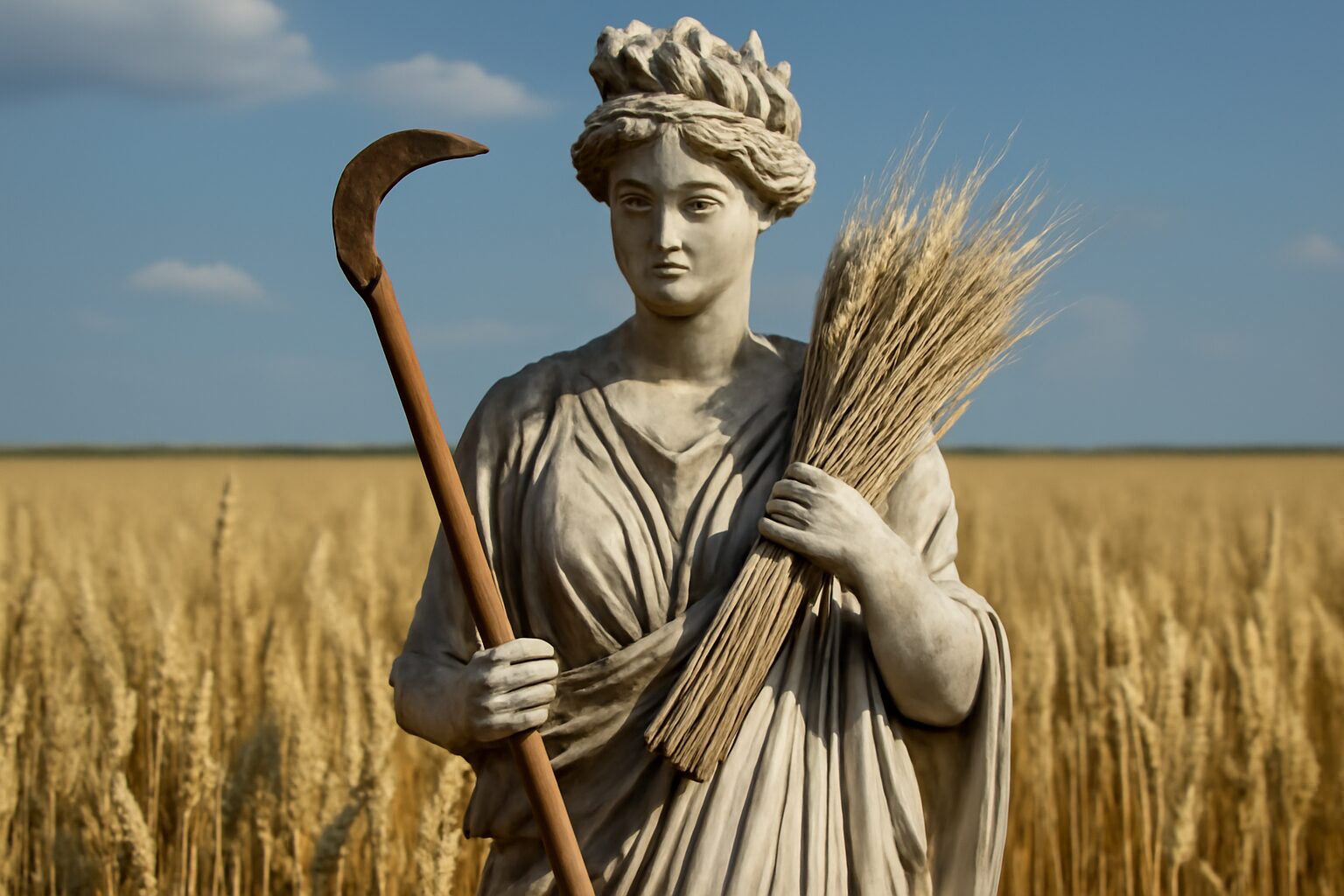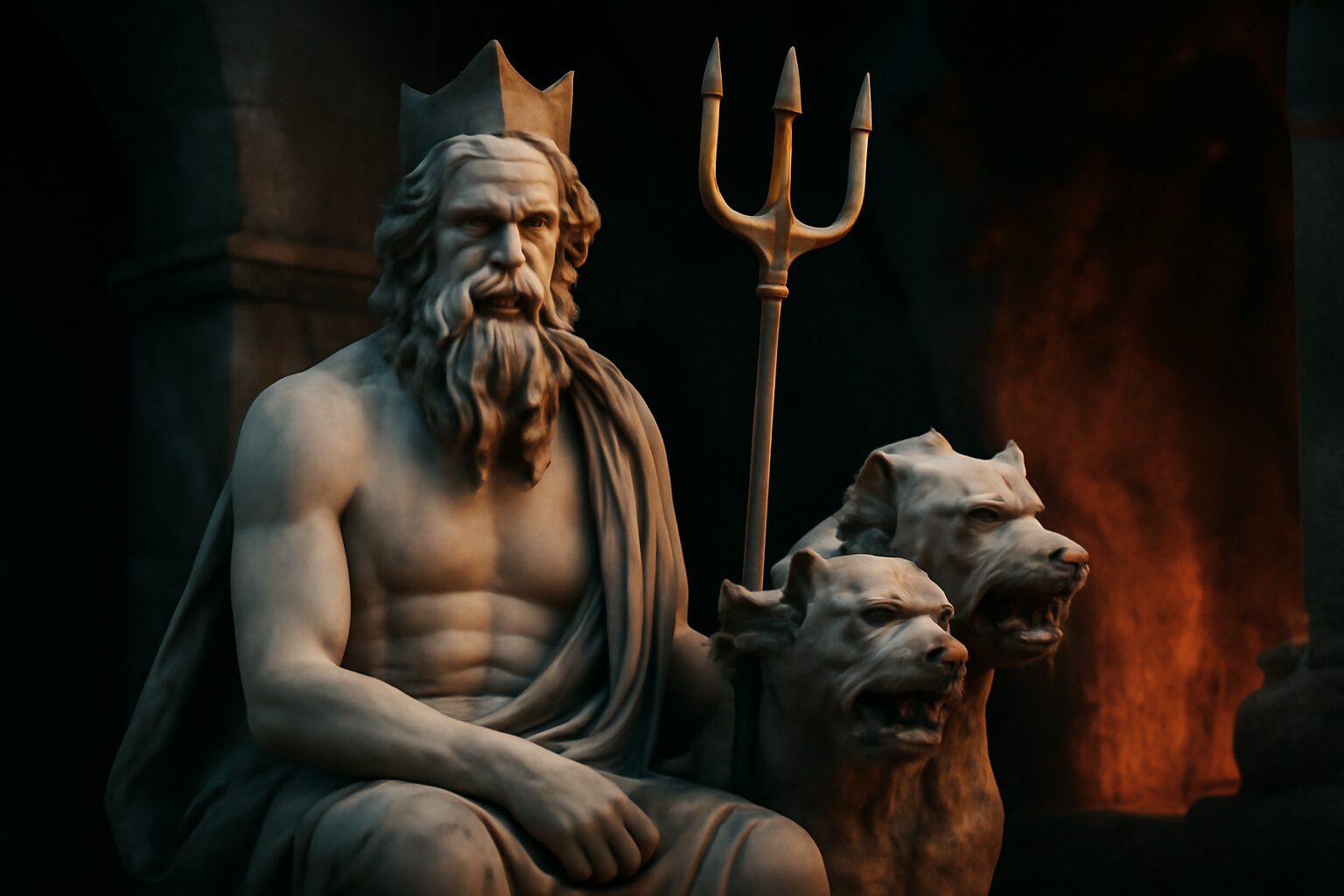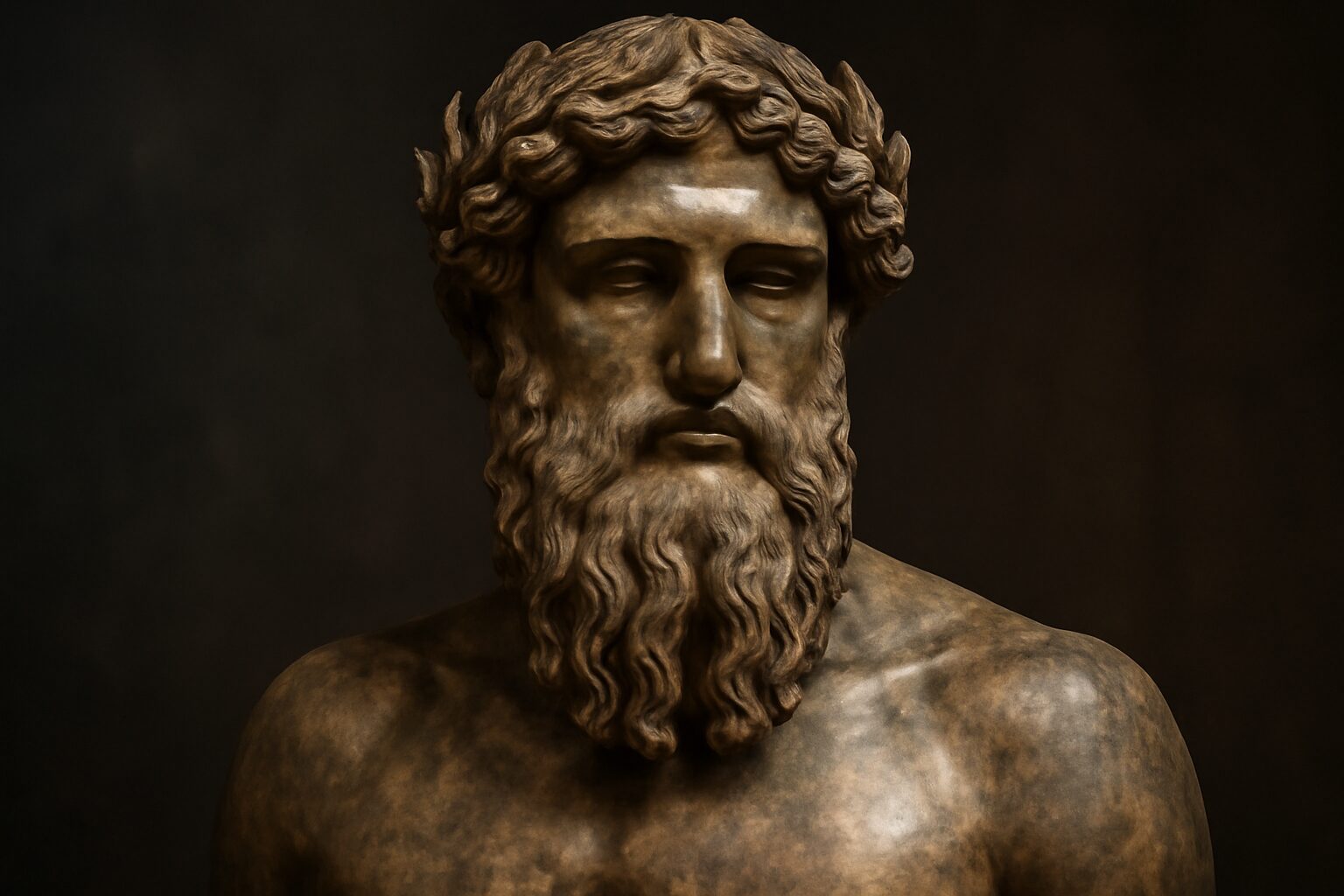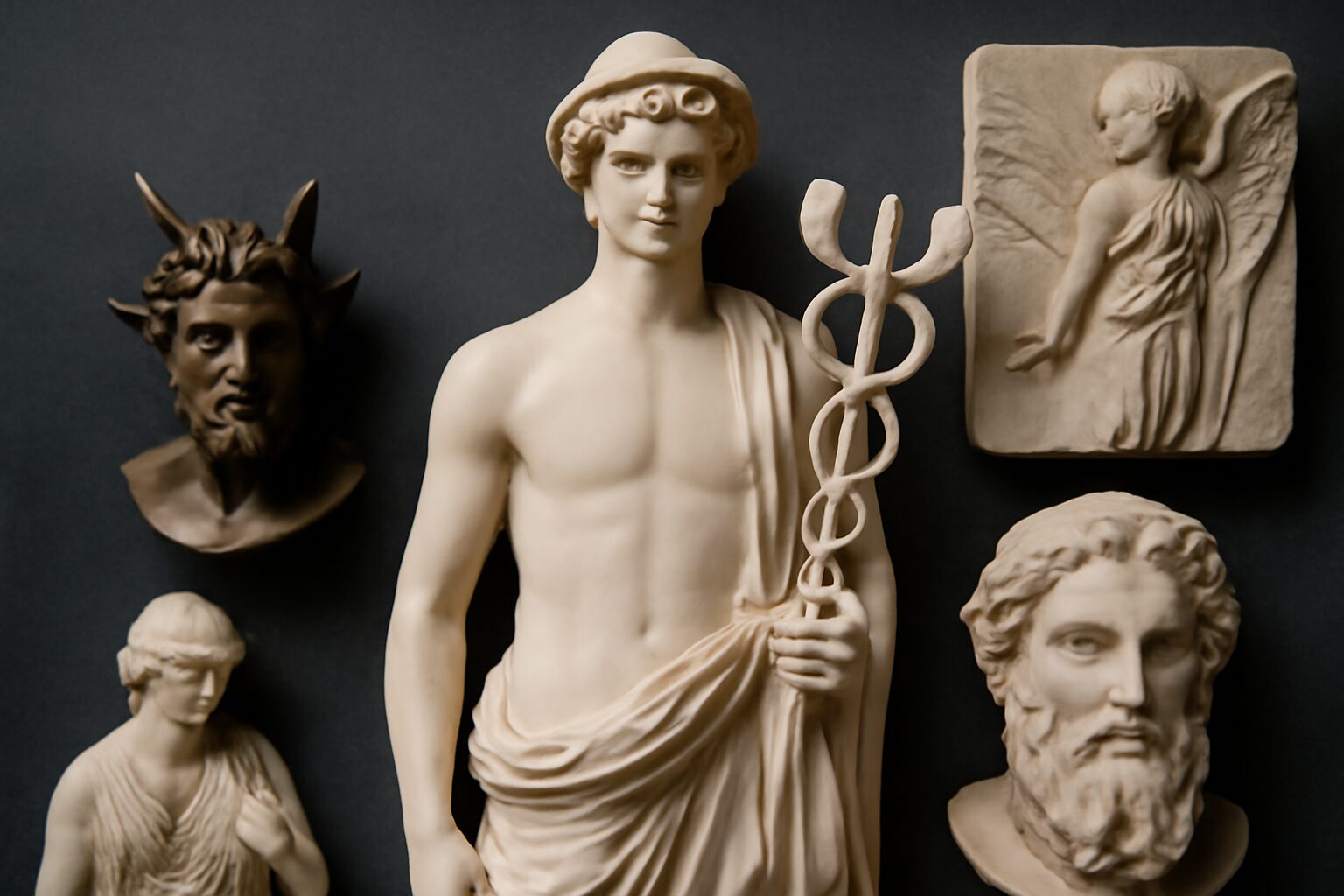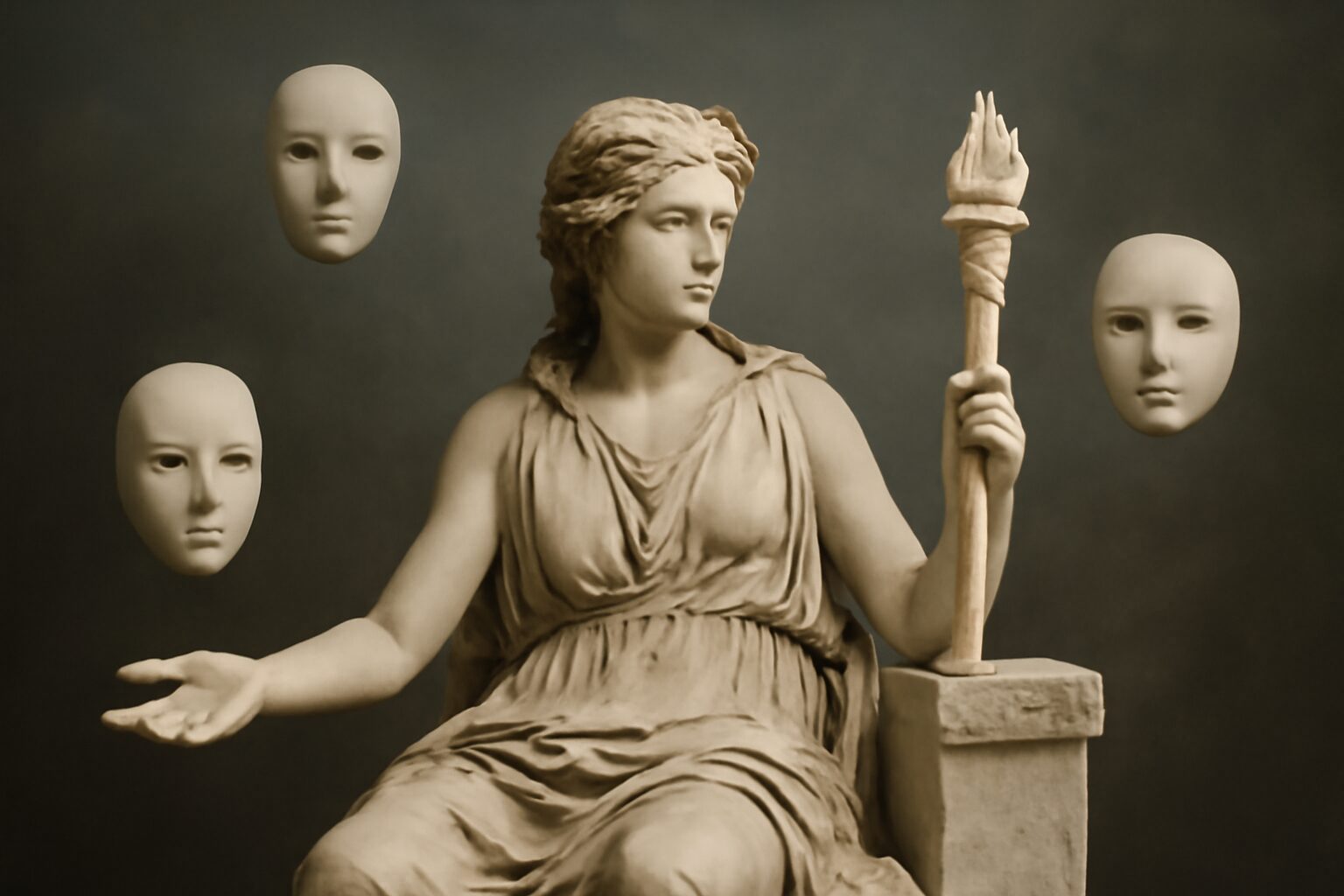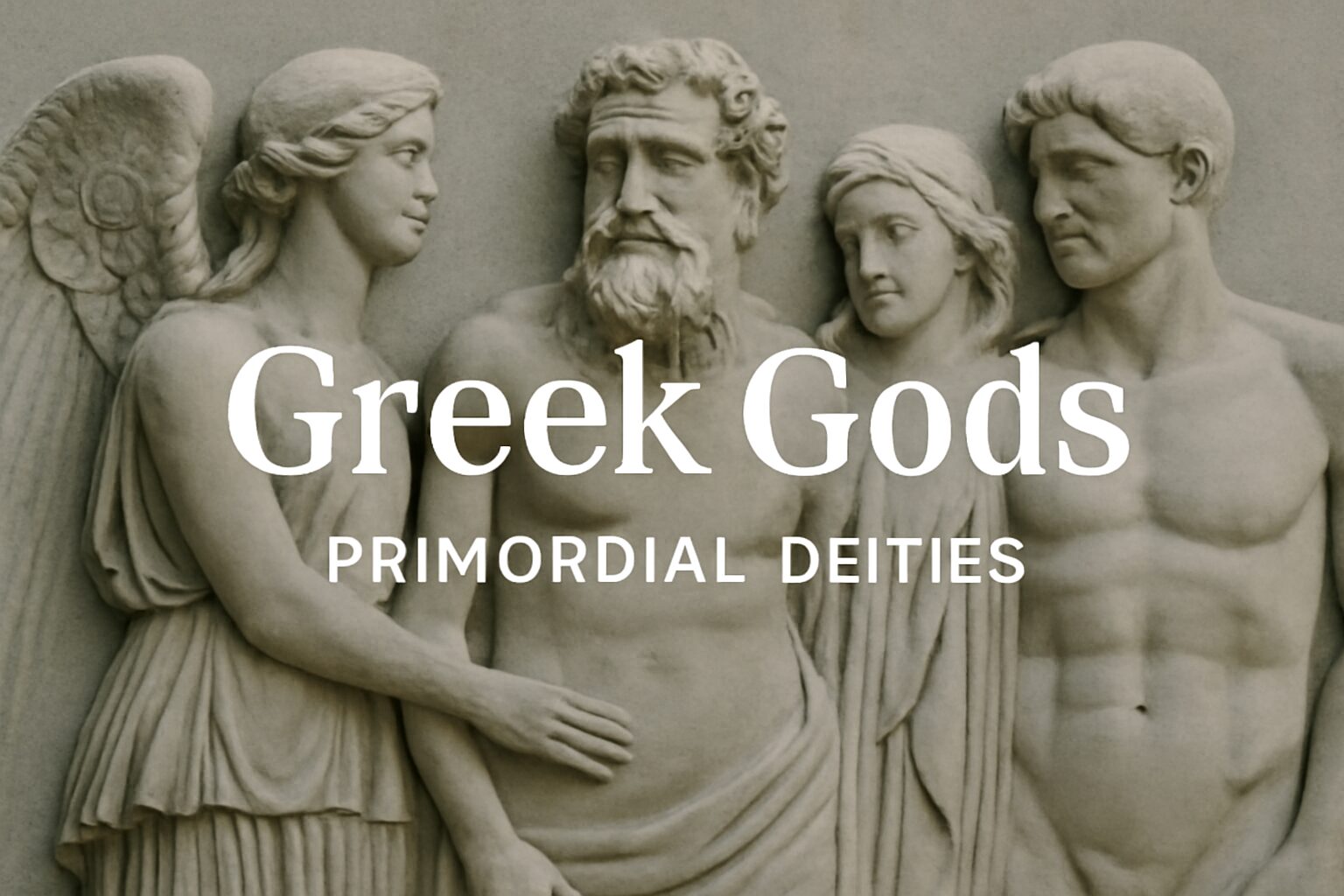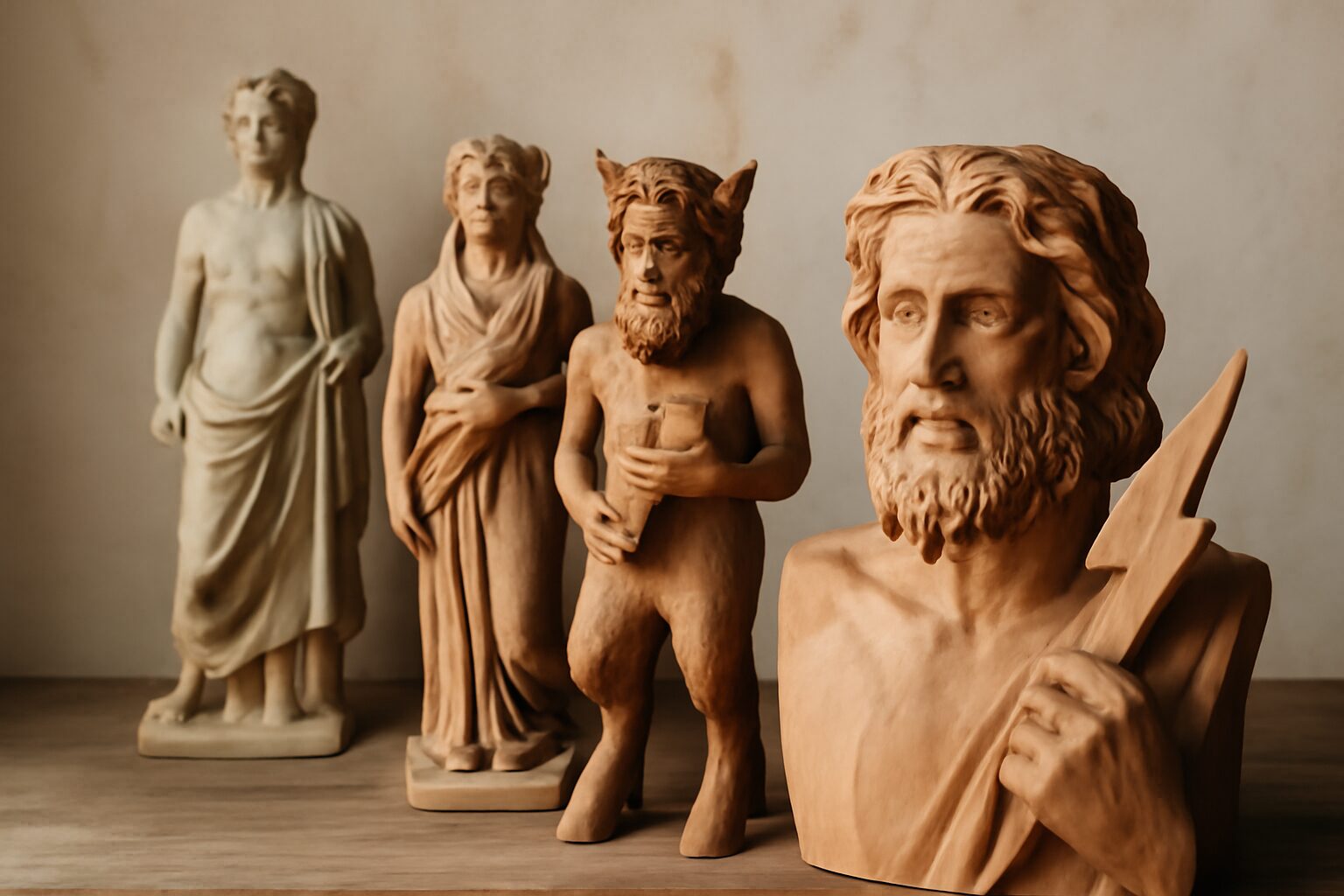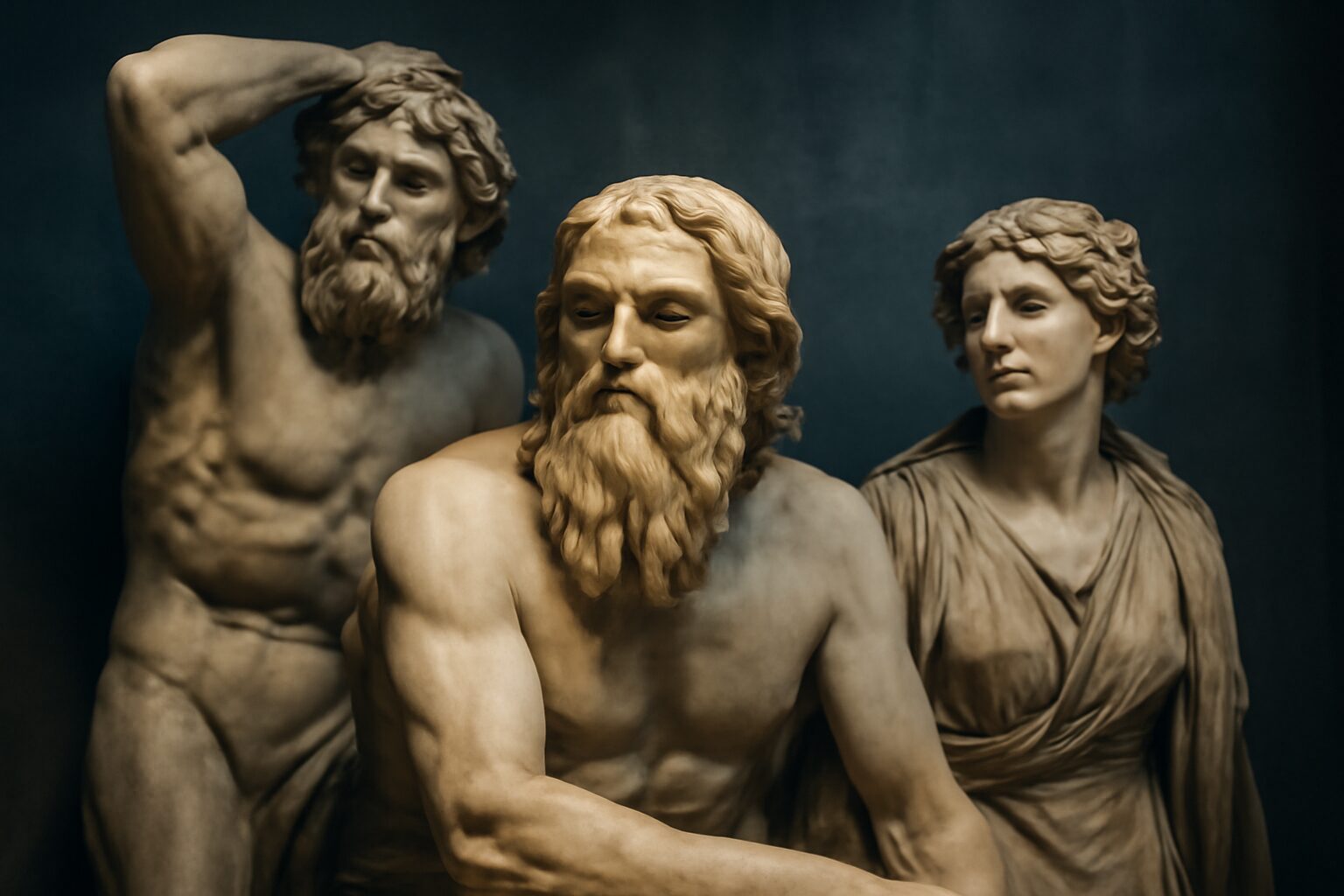Anthousai: The Enchanting Flower Nymphs of Greek Mythology
In the lush gardens and blooming meadows of ancient Greece, the Anthousai (singular: Anthousa) were the delicate nymphs who personified the beauty and vitality of flowers. These ethereal beings were lesser-known but deeply cherished figures in Greek mythology, embodying the fleeting yet radiant essence of blossoms.
Origins and Nature
The Anthousai were part of the larger family of nymphs, nature spirits who presided over various aspects of the natural world. Unlike their more famous counterparts, such as the water-dwelling Naiads or the tree-loving Dryads, the Anthousai were specifically tied to flowers. They were considered Oreiades (mountain nymphs) or Alseides (grove nymphs) when their flowers grew in those regions.
These nymphs were often depicted as youthful, radiant maidens with an otherworldly grace, their forms intertwined with the petals and stems of the flowers they guarded. They were said to emerge with the first blooms of spring and fade as the flowers wilted, their lives as ephemeral as the blossoms they represented.
Powers and Influence
The Anthousai possessed the power to nurture and protect their flowers, ensuring their growth and vibrancy. They could also bestow blessings of beauty and fertility upon the land. Some myths suggest they had a gentle influence over bees and butterflies, guiding them to pollinate their blooms.
Though not as powerful as the Olympian gods, the Anthousai played a vital role in the natural order. Their presence was believed to bring color, fragrance, and life to the world, making them beloved by gods and mortals alike. They were often invoked in rituals celebrating spring and fertility.
Relationships and Myths
The Anthousai were closely associated with Persephone, the goddess of spring and queen of the Underworld. According to myth, when Persephone was abducted by Hades, the Anthousai mourned her absence by letting their flowers wither, symbolizing the arrival of winter. Her return each spring brought them back to life.
They also had ties to Demeter, the goddess of agriculture, and Dionysus, the god of wine and revelry, who was often depicted with floral wreaths. Some stories tell of Anthousai joining Dionysus’s joyful processions, scattering petals in his wake.
Significance in Greek Culture
While the Anthousai were not central figures in grand myths, their presence highlighted the Greeks’ deep reverence for nature’s beauty. They symbolized the cyclical nature of life, death, and rebirth—a theme central to many Greek beliefs. Their fleeting existence mirrored the transient beauty of flowers, reminding mortals to cherish the present moment.
Today, the Anthousai continue to inspire art, poetry, and modern interpretations of nymphs, serving as a timeless connection to the natural world’s delicate wonders.
Alternative Names for Anthousai (Flower Nymphs)
God Name: Anthousai (Greek)
The primary Greek name for the Flower Nymphs, derived from 'anthos' meaning flower.
God Name: Florae (Roman)
The Roman equivalent of the Flower Nymphs, associated with Flora, the goddess of flowers and spring.
God Name: Leimoniades (Greek)
A subset of nymphs associated with meadows and flowers, sometimes considered synonymous with Anthousai in certain contexts.
God Name: Nymphai (Greek)
A general term for nymphs in Greek mythology, which can include the Anthousai as a specific type of nature spirit.
Tales about Anthousai (Flower Nymphs)
The Gift of Healing Blossoms
In a secluded valley where the air hummed with vitality, the Anthousai tended to a garden of unparalleled beauty. Each nymph was the embodiment of a different flower, their petals shimmering with hues that rivaled the rainbow. One day, Aceso, the goddess of the healing process, descended from Olympus, her presence a balm to all living things. She had heard tales of the Anthousai’s floral wonders and sought their aid.
Aceso explained that a mysterious blight was afflicting the mortals, causing wounds that refused to heal. Moved by her compassion, the Anthousai offered the most radiant blossoms from their garden—marigolds for mending, lavender for calm, and chamomile for renewal. With these gifts, Aceso brewed a potent elixir that spread across the lands, curing ailments and restoring hope. The collaboration between goddess and nymphs became legendary, a testament to nature’s power to heal when nurtured with care.
Colors of the Cure
- Golden Marigold: Symbolizing mending and protection
- Lavender Hue: Representing tranquility and peace
- Soft Chamomile: Embodying renewal and gentleness
The Dance of the Breeze and Blossoms
High atop Mount Olympus, Zephyrus, the gentle west wind, often gazed down upon the mortal realm, his heart stirred by the vibrant tapestries woven by the Anthousai. One spring, he descended, his breezes carrying the scent of rain and renewal. The nymphs, initially wary, soon found themselves enchanted by his soothing presence.
Zephyrus whispered through their petals, urging them to dance. As they swayed, he gathered their pollen and seeds, scattering them far and wide, painting meadows and forests with bursts of color. In gratitude, the Anthousai crafted a crown of the most fragrant blooms—jasmine, hyacinth, and rose—placing it upon his head. This union of wind and flower gave birth to the most fertile seasons, where every gust carried the promise of growth and every blossom nodded in deference to the wind that gave them life.
Blossoms of the West Wind
- Jasmine White: Purity and grace carried on the breeze
- Hyacinth Purple: Loyalty and playfulness in the air
- Passionate Rose: Love and appreciation for nature’s cycles
Frequently Asked Questions
What are Anthousai in Greek mythology?
Anthousai are flower nymphs in Greek mythology, considered rustic deities associated with flowers and blooming plants. They are minor nature spirits who personify the beauty and vitality of flowers.
Why are Anthousai important in Greek myths?
Anthousai represent the connection between nature and divinity in Greek culture. They symbolize the fleeting beauty of flowers and the cycle of growth and decay, reflecting themes of renewal and the transient nature of life.
What can we learn from the Anthousai myths?
The Anthousai teach us about the Greeks' reverence for nature and their belief in spirits inhabiting natural elements. Their stories highlight the importance of harmony with the environment and appreciation for small, beautiful things in life.
How do Anthousai compare to other nymphs in Greek mythology?
Anthousai are a specific type of nymph focused solely on flowers, while other nymphs are associated with different natural features like trees (Dryads), water (Naiads), or mountains (Oreads). They're all nature spirits but with different domains.
Are there any famous stories about Anthousai?
While Anthousai aren't central to major Greek myths, they often appear as background characters in stories involving nature gods like Persephone or Dionysus, typically as attendants or embodiments of floral beauty in sacred groves and gardens.


